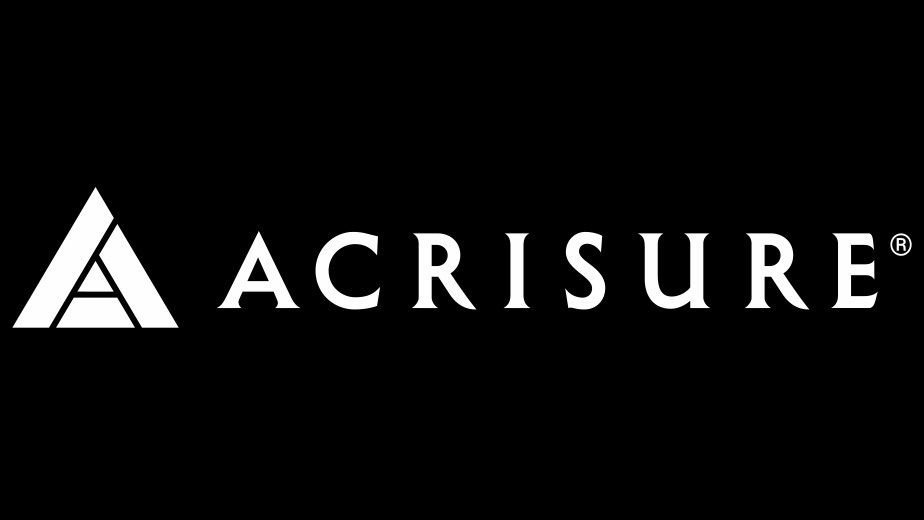The time we’re living in now is not like any other period from recent memory. Between the COVID-19 pandemic, global economic downturns and lingering job shortages, it’s safe to say that we’re all charting unknown waters. It can seem like entire processes and workflows have gone out the window—sacrificed for the sake of staying afloat. And performance reviews are among the greatest casualties.
Performance reviews are traditionally conducted in-person, on a recurring basis. But, amid the COVID-19 pandemic, most businesses have at least some employees working remotely. Measuring performance among these individuals can be a particular challenge, sometimes prompting managers to adopt an ambivalent attitude toward performance reviews entirely. This is obviously not a viable solution.
Instead, managers should use this shift toward remote work as an opportunity to rethink how their organization conducts performance reviews, particularly among this set of employees. What’s more, reevaluating and strengthening this process will better position them in the current remote-work landscape.
This article offers tips for successfully administering performance reviews among remote workers.
Consider Your Goal
As with any endeavor worth pursuing, you should first consider the end goal. Performance reviews are a time for managers to sit down with their direct reports to discuss workplace matters. These meetings are generally broad and can serve a variety of purposes.
During performance reviews, employers are usually looking to gauge the success of employees in the workplace. However, your goal should be a bit more specific. For instance, amid the COVID-19 pandemic, your goal may be to reduce burnout rather than single out individuals for promotion. In essence, as employees adapt to new working environments, so too should your performance review goals.
Reevaluate Your Metrics
The way you evaluate performance during reviews should be influenced by your primary goal. The metrics used only a year ago may be unfair to use now. Moreover, those metrics may not even help assess what you need to accomplish your main objective.
In other words, performance reviews are evaluations against a goal. If your goal has changed since the last time you evaluated your performance review program, then your metrics should change as well. For instance, your current goal may be to see how performance ranks against pre-COVID-19 standards. Alternatively, your goal may be to strengthen collaboration between remote workers. How you measure success in these cases will be entirely different, and the metrics used should reflect that.
Remember Context and Compassion
The COVID-19 pandemic has affected everyone, sometimes in hard-to-see ways. For instance, employees may have taken on extra caretaking responsibilities due to school or nursing home closures. They may also be burdened by a spouse being laid off or sick family members who are financially dependent on them.
These realities are sometimes hidden by employees who must juggle many home and work responsibilities. The employees may fear being viewed as prioritizing other matters over their work, especially if they’re both caretaking and working out of their homes.
Your performance reviews should leave room to discuss these types of matters. Use this time to identify responsibilities and workloads. This has been a challenging time for everyone, and it’s important to be compassionate when dealing with over-burdened employees.
Encourage managers to work with employees on ways to accommodate their other responsibilities, as applicable. This may mean creating a flex schedule, adjusting work hours or scheduling regular check-ins.
Look Forward, Not Behind
Remote work is likely here to stay, at least in some capacity. Some of the largest companies in the world have announced plans to allow such arrangements for the foreseeable future. That means your organization should plan for this new landscape right now. For instance, in this new environment, does it make sense to have only one performance review a year? Should promotions be tied to metrics sussed out at these meetings, or is another method better? Is the organization’s definition of “success” the same as it was a year ago?
Pondering these questions will help you evaluate and implement a more meaningful performance review program—one that can benefit remote and in-person employees alike.
Speak with an Acrisure Agency Partner for more workplace guidance, including revitalizing how you conduct performance reviews.
Important Information:
For additional information, please visit our website at Acrisure.com. Products or services identified herein may not be available in all jurisdictions. The information and descriptions contained herein (a) are not necessarily intended to be complete descriptions of all applicable terms, conditions, and exclusions of the policies referenced, (b) are provided solely for general informational purposes, and (c) should not be viewed as a substitute for legal, regulatory, or other advice on any particular issue or for any particular reason. The advice of a professional should always be obtained before purchasing any insurance product or service, and you should not rely on the information provided herein for the prevention or mitigation of risks or as a full and complete explanation of coverage under any insurance policy. While the information contained herein has been compiled from sources believed to be reliable, no warranty, guarantee, or representation, either expressed or implied, is made as to the correctness or sufficiency of any representation contained herein.
© Acrisure, LLC. All rights reserved.
This HR Insights is not intended to be exhaustive nor should any discussion or opinions be construed as professional advice. © 2020 Zywave, Inc. All rights reserved.



